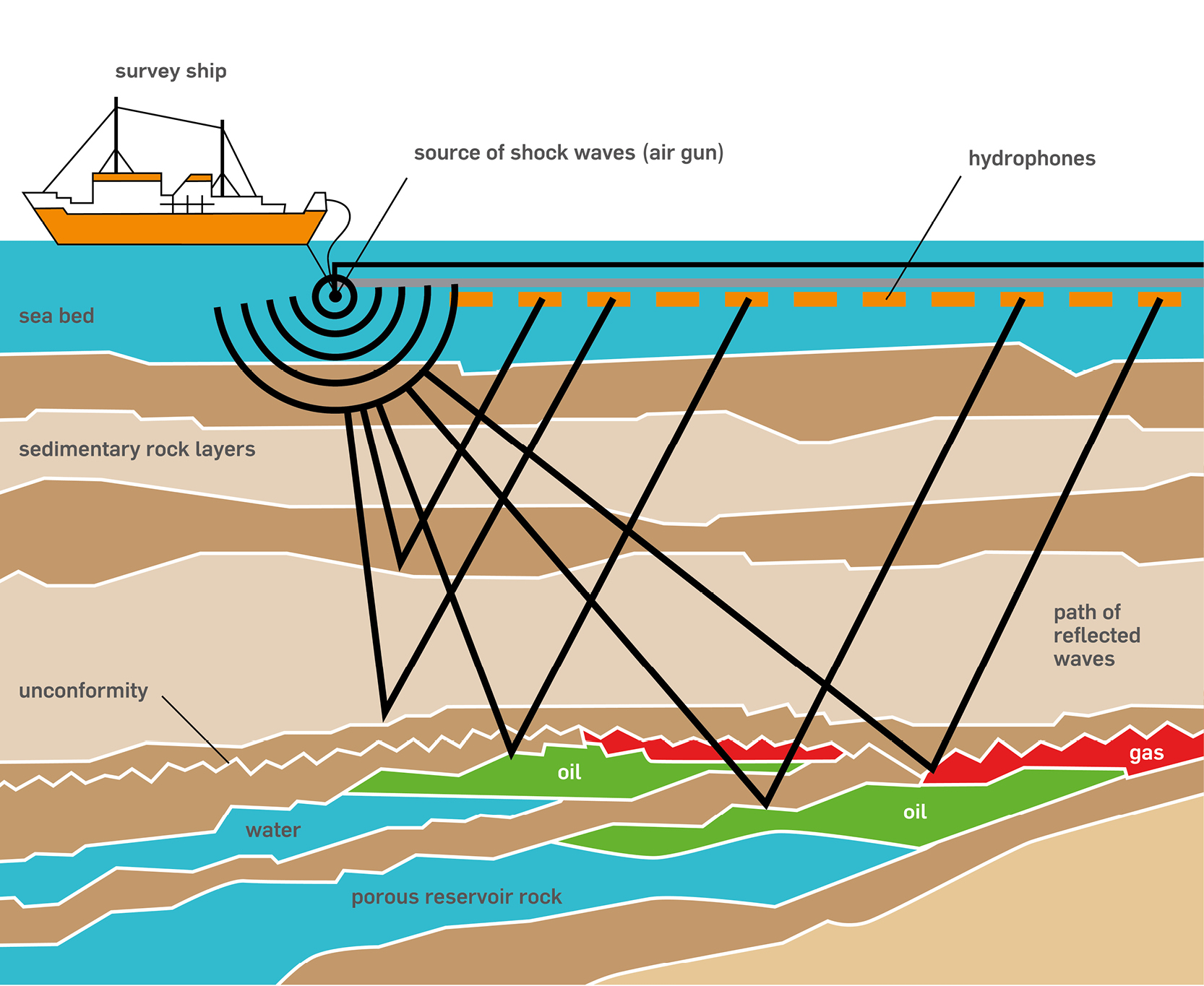Integrated prediction error filter analysis (INPEFA), which are products of spectral trend attribute analysis, was firstly introduced by S. Djin Nio in his original 2005 paper on First Break, highlighting a new analytical approach to well log data interpretation which was further developed as a tool to conduct cyclo-stratigraphy analysis and well correlation. It is a time (depth-) series analysis of well logs or any data with a regular spacing such as elemental data. The INPEFA Log Transform identifies discontinuities, depositional trends and a hierarchical pattern in the stratigraphic succession, offering the geologists a unique way for subsurface stratigraphic correlations and interpretations as well as allowing a more objective subdivision of well logs into time-significant and correlatable units, and at a higher resolution, than is possible in seismic data [1].
i2G Geological Trend Analysis (GTA) Mathematical Algorithms
Auto-regression algorithm was firstly applied to calculate a new data-series, each point of which is the numerical error between the predicted and actual value at the corresponding depth. The resulting prediction error curve can be interpreted geologically as an indicator of the continuity or otherwise of the stratigraphic succession (Figure 1). i2G GTA curve is a product of numerically integrating error curve and the trends revealed by GTA results from the cumulative effect of integrating the error curve. When taking data from the entire studied section as input, the curve is called long-term GTA and when using a shorter input interval bounded by major turning points on the long-term curve, the curve is called short-term GTA which has a higher resolution than long-term curve allowing us to see more variations.

Key Features
A decrease upward (negative or “regressive”) trend on GTA curves indicate that the algorithm consistently overestimates the true values, or the actual values are ‘sandier’ than predicted (Figure 2). In the case of GR, this negative trend could imply increase supply of coarse sediment, shallowing-up, or decreasing distance from shoreline. An increase upward (positive or “transgressive”) trend means the algorithm consistently underestimates the true values. For a GR log, this means that the actual values are more ‘shale prone’ than predicted which might represent decreased sediment supply, increase in water depth or accommodation space, or increasing distance from shoreline, depending on context. When those trends are consistently observed across different wells in the area, they can be linked to climatic cyclicity that could influence the entire basin during a geological period.
Minor and major turning points together with the trends in the GTA curves provide information on stratigraphy that are not generally apparent from the original log data. Major and minor (Sub-ordinate NBS/PBS) turning points are good reference points for doing well correlation, some of them represent significant changes in the depositional regime brought about by climate change.
Those breaks can represent:
- Sediment bypass
- Erosional surface
- Lithology change
- Faulting
- Change in sedimentation rate

Interpretation Pitfalls
Since GTA is mainly processed on well logs, it poses a few interpretation pitfalls. Firstly, GR is not always a good proxy for shale volume within the formation, especially when there is high K-Feldspar content or presence of other lithologies such as volcanic intrusive layers, evaporites. Secondly, data analysis and pre-processing are important prior to the GTA processing as noise or extreme data values can interfere the whole GTA curve. Data with irregular sample rates is not recommended as input for GTA processing. Finally, making correlation purely based on GTA curve might produce a typical “lithostratigraphic” correlation so in order to ensure that a robust geological framework is developed, there is always a need to integrate with other sources of data if available (Figure 3).

Applications
The i2G GTA has been proven to be very useful in conducting well correlation and stratigraphy analysis for basins in Vietnam and around the world. It can be processed at different scales to produce a hierarchical stratigraphic zonation that allows reservoir to regional correlation. The trends observed on GTA curves are particularly useful in defining high resolution sequence stratigraphy framework which requires an integration with other geological data sources such as structural data, biostratigraphy and chemostratigraphy data.
Log correlation panel shown in Figure 4 demonstrates two big cycles with possible smaller sub-cycles found within. It is likely that we are looking at the interaction of longer period tectonic change, with shorter period climatic cyclicity superimposed upon it.

Figure 5 shows consistent GR GTA patterns over heterolithics reservoir section of nearby wells, allowing a higher resolution well correlation to be made with a higher confidence.

References
[1] S. Djin Nio, Jan Brouwer, David Smith, Mat de Jong, and Alain Böhm, “Spectral Trend Attribute Analysis: Applications in the Stratigraphic Analysis of Wireline Logs”, First Break volume 23, April 2005
[2] Peter-Jan Weijermans, Paul Huibregtse, Rob Arts, Tjirk Benedictus, Mat De Jong, Wouter Hazebelt, Veronique Vernain-Perriot, and Michiel Van der Most, “Integrated Reservoir Characterization and Simulation to Optimize Recovery from a Mature Carboniferous North Sea Gas Field with Water Influx”, SPE 2019 – SPE-196730-MS






